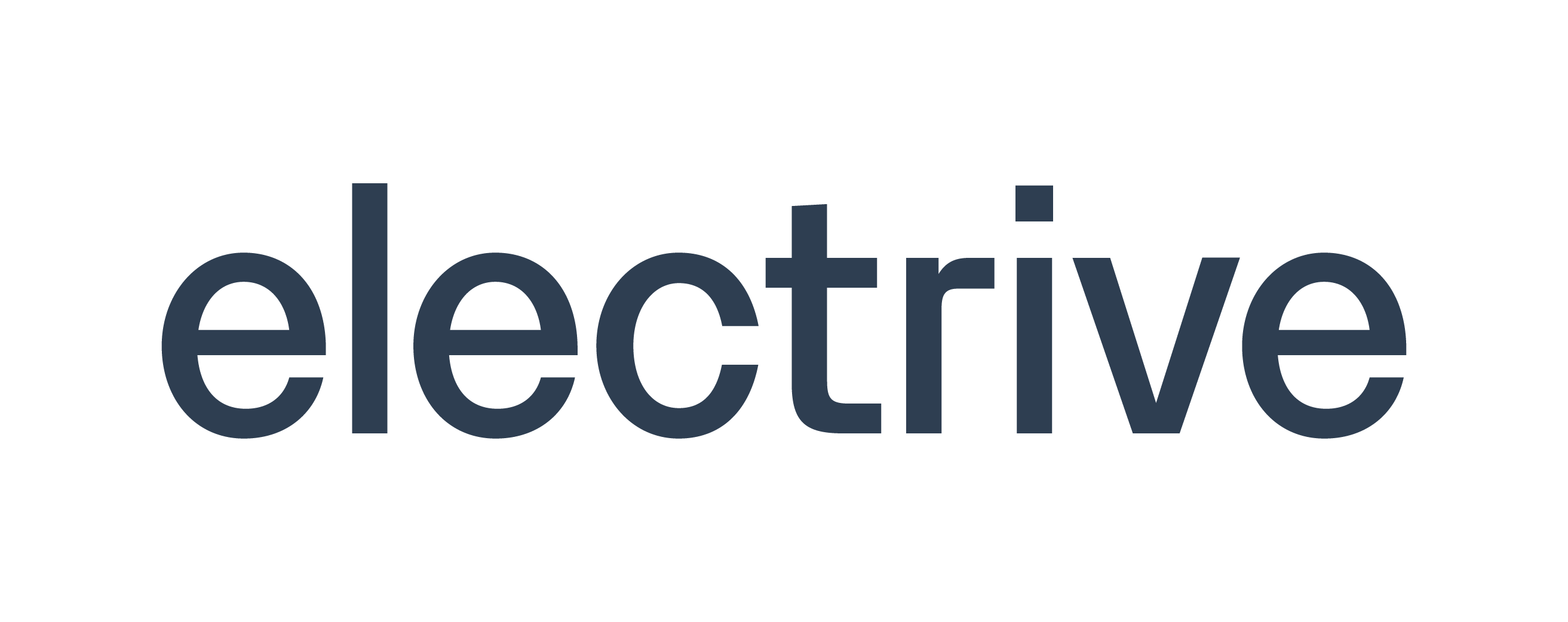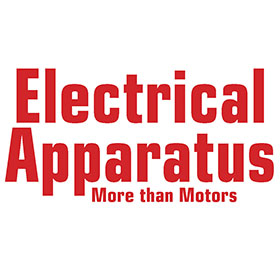Wireless EV charging creates a power-transmitting field using a charging pad and magnetic resonance.
by Amna Mumtaz, Analyst I – at PTR Inc.
- Wireless EV charging creates a power-transmitting field using a charging pad and magnetic resonance.
- Businesses and entrepreneurs in America are eagerly anticipating an uptick in sales of EVs equipped for wireless charging to drive further expansion.
- Supported by industry giants, WiTricity's ambitious plans include deploying its Halo wireless system on a range of vehicles, including E-Z-GO, ICON EV golf carts, and light vehicles.
Wireless or inductive EV charging contains the potential to revolutionize EV charging infrastructure; however, the technology is in its early stages. Wireless EV charging creates a power-transmitting field using a charging pad and magnetic resonance. The receiver beneath the car captures the energy and feeds it into the car's battery when a coil in the receiver lines up with a coil in the charging pad. The technology resembles wireless phone charging, which additionally needs aligned coils and a receiver, but EV systems can function with a distance of up to 10 inches (250 millimeters).
Wireless charging equipment has recently been introduced for public installation. While some wireless charging stations nowadays function at power levels similar to the AC category (Level 2), this technology is more frequently used for fleet operations such as transit, where power levels are comparable to DC fast chargers. The US Department of Energy (DOE) is researching to investigate the feasibility of high-powered wireless charging. The image below illustrates the wireless charging technology comprehensively. The article highlights two types of wireless EV charging, followed by the status of wireless charging in the North American region. Furthermore, the article discusses the universal wireless charging standards and leading global manufacturers of wireless EV charging.

Figure 1: Wireless EV Charging Technology.
Source: PTR Inc.
Types of Wireless EV Charging
Wireless charging has the potential to ease the charging process. There are two types of wireless EV charging technologies including static and dynamic wireless charging. Deployment of static or dynamic charging is dependent on user preference and charging location.
Static wireless charging
Static wireless charging involves stationary pads installed on the ground or embedded in roads, parking lots, or garages. When an EV equipped with a compatible receiver coil is parked over the charging pad, power is transferred wirelessly through electromagnetic induction. This method is convenient for overnight charging at home or while parked for extended periods, as it eliminates the need for manual plugging and unplugging of charging cables.
Dynamic wireless charging
Dynamic wireless charging enables EVs to charge while in motion. This technology involves embedding charging infrastructure directly into roadways or highways, allowing EVs with receiver coils to charge as they drive. Inductive power transfer occurs between coils installed on the road surface and the vehicle's receiver coils, maintaining a continuous charge while the vehicle is in motion at speeds up to 65 mph. Dynamic wireless charging can extend the range of EVs and reduce the need for large battery packs, allowing EV owners long-distance travel and minimizing the risks of running out of power.
Penetration in North America
Due to its benefits, the wireless EV charging sector is gaining traction in the US market; however, it currently trails behind Europe and Asia. Businesses and entrepreneurs in America are eagerly anticipating an uptick in sales of EVs equipped for wireless charging to drive further expansion. The BMW 530e hybrid sedan is the only EV available in the US market with a factory-built wireless charging option. WiTricity, a prominent wireless charging provider, secured a significant USD 25 million investment from Siemens in 2022 to pursue licensing agreements. Despite the limited availability, there is considerable enthusiasm among American EV owners, as the survey conducted by WiTricity revealed that 81% of 1,000 respondents expressed strong interest in EVs equipped for wireless charging. Several wireless charging projects are already underway, showing that wireless charging has a bright future in the North American market.
Projects
Multiple wireless EV charging projects are underway in North America, showcasing innovative solutions to power electric vehicles without traditional cables. The automaker Stellantis is pioneering efforts to integrate wireless charging technology directly into select roadways. In September 2021, Michigan announced a collaboration with Electreon to construct the first wireless EV charging road spanning a one-mile stretch in Detroit.
Companies like WiTricity are revolutionizing the charging experience. WiTricity's ambitious plans include deploying its Halo wireless system on a range of vehicles, including E-Z-GO and ICON EV golf carts and light vehicles. Investments from industry giants like Mitsubishi and Siemens support these plans. In October 2021, WiTricity announced its patented wireless charging technology for EVs in South Korea. WiTricity claims that passenger cars can get up to 35 miles of charge per hour with its wireless technology.
FLO, a leading player in the EV charging sector, is collaborating with WiTricity to pioneer wireless EV charging technology. Their joint efforts include testing wireless charging options at FLO's advanced engineering lab, aiming to enhance the charging experience by enabling FLO stations to charge vehicles without cables, utilizing the WiTricity Halo wireless system. Moreover, WiTricity launched its FastTrack Integration Program for automotive OEMs, which was designed to integrate its wireless charging technology into existing and future EV platforms. This program allows for initial vehicle integration within three months, facilitating automaker testing and adopting WiTricity's Halo receiver and 11 kW charger.
Across the country, public transit agencies are embracing wireless charging solutions. With assistance from WAVE Charging, the Antelope Valley Transit Authority in Los Angeles County has integrated inductive systems to power its fleet of electric buses. With over 50 charging pads deployed across North America and a DOE grant to work on a 500 kW fast charger for trucks, WAVE Charging is driving the adoption of wireless charging infrastructure, particularly in the public transport sector.
In Indianapolis, electric buses manufactured by Chinese EV giant BYD are powered by wireless charging technology due to a partnership with InductEV, formerly Momentum Dynamics. Additionally, InductEV's commitment to advancing wireless charging is evident with the establishment of a dedicated research and development center in Pennsylvania, focusing on high-power solutions for EVs and commercial fleets.
HEVO, a Brooklyn startup, spearheads wireless charging initiatives in collaboration with Oak Ridge National Laboratory and Stellantis. Their joint efforts aim to trial 50 kW wireless systems on Chrysler Pacifica hybrids and develop a high-powered 300 kW wireless fast charger. These projects demonstrate multiple efforts from government and private stakeholders to bring wireless charging solutions to mainstream consumer vehicles.
Establishing Universal Standards for Wireless EV Chargers
As the scope of wireless charging extends outside North America, standardization plays a pivotal role in driving the widespread adoption of wireless EV charging technologies. In 2022, SAE International, an association of engineers and technical transport experts, introduced the inaugural standard for stationary wireless charging tailored for light-duty vehicles, encompassing passenger cars. This standard, encompassed within SAE J2954 and SAE J2847/6, addresses critical aspects such as safe charging speeds of up to 11 kilowatts, interoperability, and performance benchmarks. With an emphasis on efficiency and accommodating plate-to-vehicle distances of up to 25 cm, these standards pave the way for seamless integration of wireless charging solutions. Moreover, these standardized systems can be implemented in autonomous infrastructures for vehicles equipped with self-parking and charging capabilities. The image below shows how the charger and the vehicle interact using these universal standards.

Figure 2: Demonstration of EV Charging Using Universal Standard Wireless Charging.
Source: PTR Inc.
Leading Manufacturers of Wireless EV charger
The major wireless EV charging players seek to increase market demand by funding multiple research and development initiatives.

Figure 3: Leading Global Manufacturers of Wireless EV Chargers.
Source: PTR Inc.
Current Developments and Future Outlook
At the Paris Motor Show, Volkswagen and Mercedes-Benz showcased their commitment to inductive charging in their flagship EV announcements. Mercedes-Benz, in particular, is doubling down on wireless charging, with plans to integrate it into late-decade production vehicles following its introduction in the 2017 S550e. BMW has also demonstrated wireless charging capabilities with the i8, utilized as a pace car in Formula E racing, sparking speculation about its integration into the BMW i-series plug-in hybrid electric vehicles.
Meanwhile, Stellantis unveiled its Dynamic Wireless Power Transfer (DWPT) system, featuring coils beneath the road surface, during a demonstration with an electric Fiat 500e in Chiari, Italy. Volkswagen is also making strides in wireless EV charging at its Knoxville, Tenn., Innovation Hub, developing a patented coil and charging pad design utilizing advanced silicon-carbide materials to achieve a wireless fast-charging system capable of speeds up to 300 kW.
As interest in wireless charging solutions continues to grow, the Charging Interface Initiative organization (CharIN) has established a Wireless Power Transfer Taskforce to standardize and facilitate seamless wireless charging experiences. These initiatives signify a collective effort to revolutionize the charging landscape and provide vehicle owners with unparalleled convenience and cutting-edge technology.
Wireless charging is becoming an attractive option for luxury vehicle owners, offering convenience and enhanced user experience. The concept of autonomous inductive charging merges the nostalgia of full-service gas stations with a futuristic vision for clean, self-sufficient transportation systems, presenting a compelling proposition for the automotive industry.
Ranked third globally in terms of the wireless EV charger market after Europe and APAC, North America's wireless EV charging market has surged, fueled by growing demand for portable, wireless gadgets and technological advancements across industries. Technological advancements and increased EVs sales will drive the demand for wireless charging systems in North America. Moreover, heightened environmental consciousness in the North American automotive market has spurred EV sales, which is expected to further drive eco-friendly wireless charging solutions in the region.
About the Author
 Amna Mumtaz
Amna Mumtaz
Market Analyst - PTR Inc.
Amna Mumtaz serves as a Market Analyst at PTR Inc., specializing in eMobility and focusing on EV chargers forecast in the Asia-Pacific (APAC) region. With a Master's in Electrical Engineering from NUST, she served as a Research Assistant for a year before joining PTR. Amna's expertise lies in assessing and predicting trends, providing valuable insights through market sizing analyses. Her dedication and educational background make her a key contributor to PTR's eMobility team, shaping the future of the EV chargers’ market in APAC.
Contact: [email protected]




















